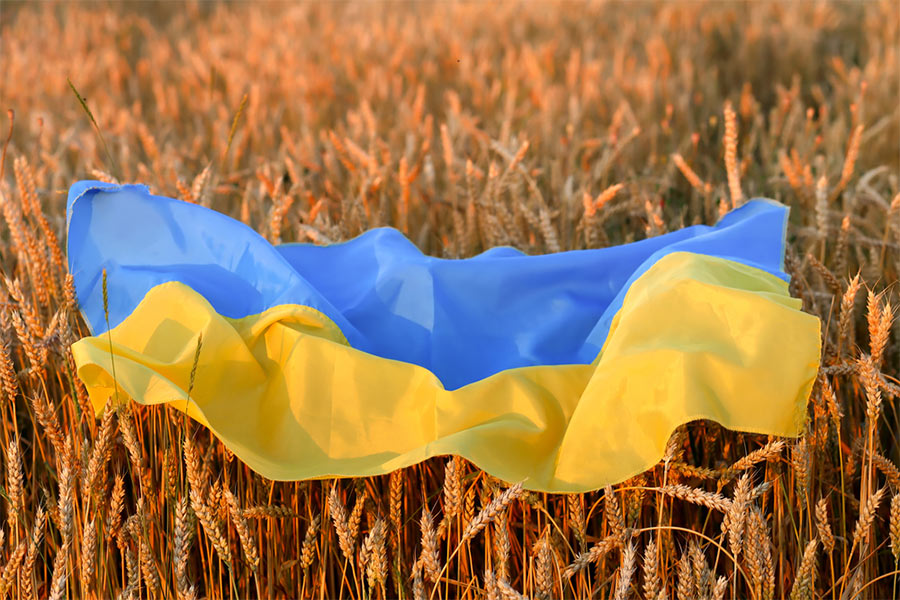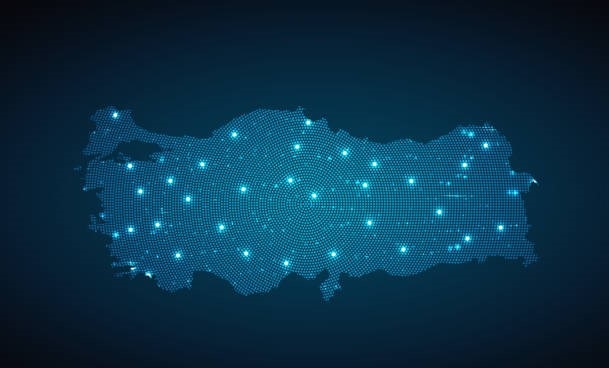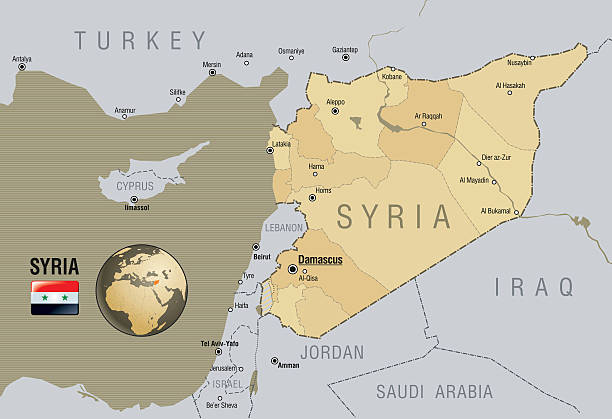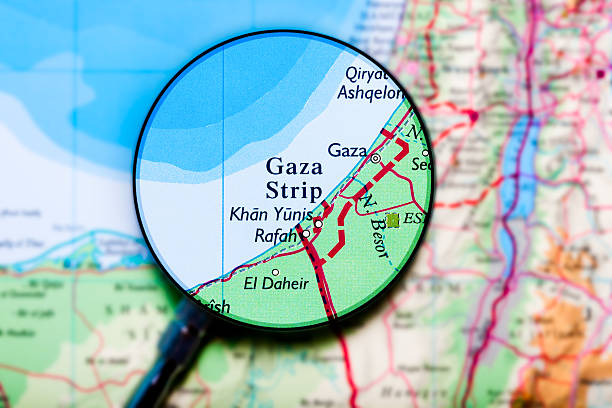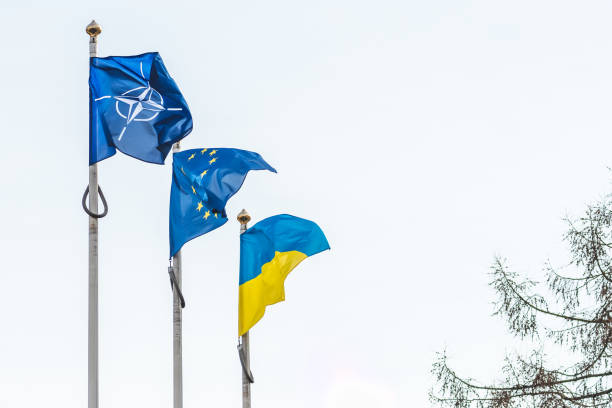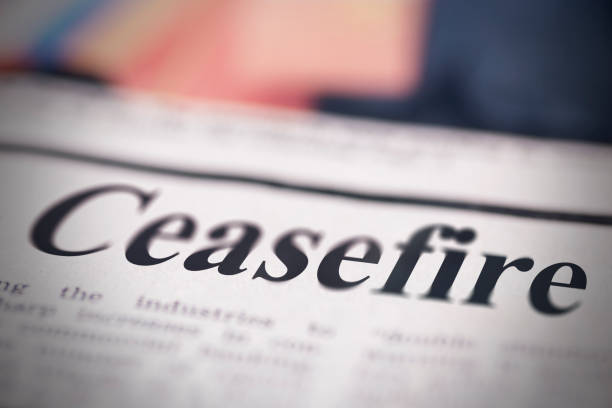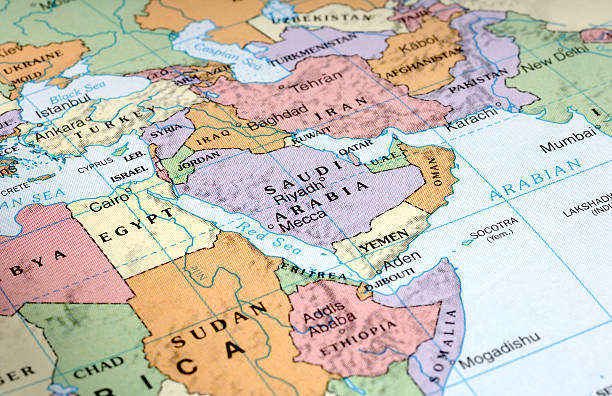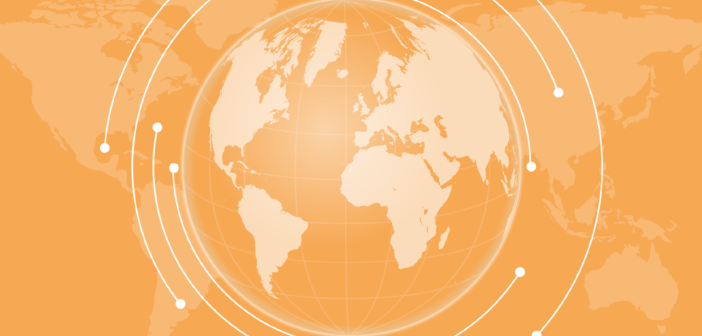
Click here for the full report
Toward Protracted War in Ukraine
Ali Tuygan
On April 27, at a meeting with the Council of Lawmakers, President Putin accused the West of always pursuing a policy of containing Russia. He said no one could imagine the creation of an “anti-Russia” on historical Russian territory. He claimed that Ukraine was pushed into direct confrontation with Russia and the Ukrainian people were allotted the destiny of “expendable material.” He said,
“Let me emphasize once again: if anyone intends to intervene from the outside and create a strategic threat to Russia that is unacceptable to us, they should know that our retaliatory strikes will be lightning-fast. We have the tools we need for this, the likes of which no one else can claim at this point. We will not just brag; we will use them if necessary.”
The next day, President Biden accused him of making idle comments about nuclear weapons and asked Congress to authorize $33 billion for more military and humanitarian support to Ukraine. Yesterday House Speaker Nancy Pelosi said, “We stand with Ukraine until victory is won.”
Carl Bildt, a former Prime Minister and Foreign Minister of Sweden concluded a recent Foreign Policy article titled, “NATO’s Nordic Expansion, Adding Finland and Sweden Will Transform European Security” with the following:
“As the NATO summit in Madrid approaches, the alliance will have to consider Finland’s and Sweden’s requests for rapid accession…”
If the two countries were to apply for NATO membership, there is no doubt that the accession process would be completed “lightning-fast” to use President Putin’s words.
The foregoing only confirms that Cold War II has started.
Cold War I started at the end of World War II as the victors, allies but also ideological enemies, came into conflict regarding the future of Europe. It lasted until the dissolution of the Soviet Union on December 26, 1991. Throughout, the Soviet Union and the US did not engage in battle directly but remained engaged in a fierce strategic competition which eased somewhat with the policy of detente.
The problem with defining the current state of Russia-West relations as “Cold War II” is that there is an ongoing hot war in Ukraine. Yes, the US and NATO have no troops on the ground but through their massive military support to Ukraine, they too are engaged in war.
Sixty years ago, on February 10, 1962, American U2 pilot Francis Gary Powers was released by the Soviets in exchange for Soviet Colonel Rudolf Abel, a senior KGB spy. And last week, the US and Russia surprised the world by swapping prisoners in Ankara with former US Marine Trevor Reed being released in exchange for Russian pilot Konstantin Yaroshenko. The swap shows that even in the toughest times diplomacy is not at complete rest and is able to find a way provided there is a will.
But the war in Ukraine is far from that point. The emphasis is on war-making, not on peacemaking. Apart from the fighting on the ground, a relentless propaganda war is continuing.
By all indications, the conflict would gradually turn into a protracted war. In other words, the fighting would lose intensity, perhaps ceasefires would be declared, only to be followed by allegations of their violation. As NATO Secretary General Stoltenberg has said, it is absolutely possible that this war will drag on for months and years.
Last week, “Time is not on Ukraine’s side,” General Milley, Chairman of the US Joint Chiefs of Staff said in closed-door comments to the group of reporters traveling with him. “The next two, three, four weeks will shape the overall outcome of this fight,” he added. His comments must reflect an assessment of the military situation as well as the pressure building on President Putin to declare a successful end to the “special military operation”. If that were to happen, it would not be the end of the war. It would then be up to Kyiv to continue fighting to recapture lost territories or take a respite to draw up a long-term national strategy.
President Putin may hope that a fall in the intensity of the fighting would also lead Finland and Sweden to reconsider their plans to join NATO since their joining the Alliance would be exactly the opposite of what he sought to achieve through his written proposals to the US and NATO for a new security architecture in Eurasia.
Last week, UK Defense Secretary Ben Wallace said, “… we are supporting Ukraine’s sovereign integrity. We’ve done that all along. That, of course, includes Crimea.” It seems that the members of the UK government are fully enjoying the foreign policy freedom Brexit has won them. Restoring Ukrainian sovereignty over Crimea is an illusion.
What would determine whether this war would drag on for months or years is not Crimea, even Donbas. It is what happens with Odesa. If Mr. Putin’s plan includes shutting Ukraine off from the Black Sea, there would not be an end to this war.
On June 25, 1950, North Korea invaded the Republic of Korea. The US led a coalition of sixteen countries that came to its defense. Following China’s entry into the war on behalf of North Korea later that year, a stalemate ensued for the final two years of the conflict until an armistice was concluded on July 27, 1953. A peace treaty has never been signed. In 1953, at the conclusion of the Korean War, the United States and the Republic of Korea signed a Mutual Defense Treaty, the foundation of a comprehensive alliance that endures today.[i]
If the Ukraine conflict were to take a similar course with no formal peace arrangement and parts of Ukraine’s territory under Russian occupation, then the US, NATO, and the EU on one side, and Russia on the other would continue to face tough choices regarding Ukraine’s future, its security needs, and its potential membership in the EU. Would Washington sign a “Mutual Defense Treaty” with Ukraine? Would Mr. Biden’s motto “nothing about Europe without Europe” continue to guide transatlantic relations?
As for Washington’s strategic competitor China, Foreign Ministry Spokesperson Zhao Lijian, during his press conference on April 29, 2022, drew attention to what he called “a growing call among people in Europe for an early end to the conflict through dialogue and negotiation”. And in response to a question, he said, “The EU should reflect on who is benefiting from this war, who has been turned into a battlefield in this war, and who has suffered the biggest loss during this war. With regard to China, we hope the EU will form its independent perception of China and follow an independent China policy, work with China to ensure the steady and sustained progress in China-EU relations, and make greater contributions to world peace and prosperity.” Recently, Premier Li Keqiang said Beijing would pursue peace “in its own way”. Thus, despite criticism often directed at Washington, China tries to remain above the fray.
Agreeing on a common policy toward China would be a continuing challenge for transatlantic relations.
On February 19, 2021, President Biden addressed the global community for the first time. At the 2021 Virtual Munich Security Conference, he defined the partnership between Europe and the US as the cornerstone of all that the West hopes to accomplish in the 21st century, just as it did in the 20th century. He said, “I know — I know the past few years have strained and tested our transatlantic relationship, but the United States is determined — determined to reengage with Europe, to consult with you, to earn back our position of trusted leadership.”
At the time, he could not have imagined that President Putin would give him a great opportunity to do just that, to put the chaotic withdrawal from Afghanistan, the tremors of AUKUS behind, and to raise some hope, albeit dim, of restoring unity at home.
President Biden owes President Putin a debt of gratitude for having opened Pandora’s box.
——————————————————————————————————————-
[i] https://www.state.gov/u-s-relations-with-the-republic-of-korea/


